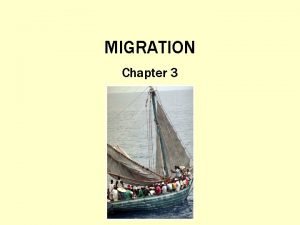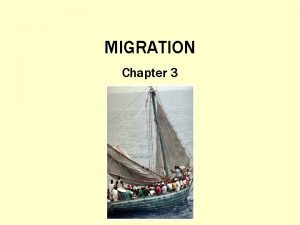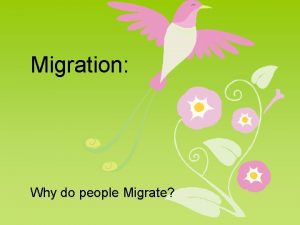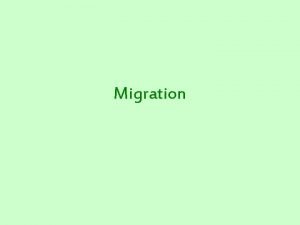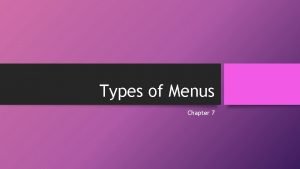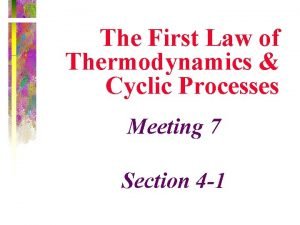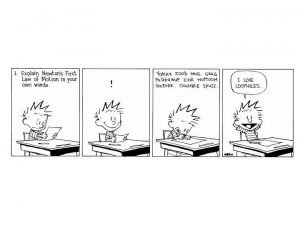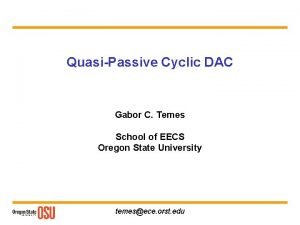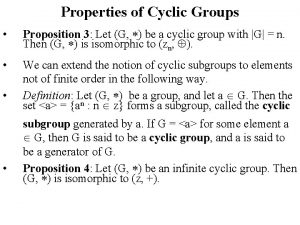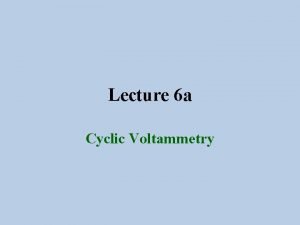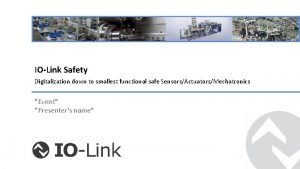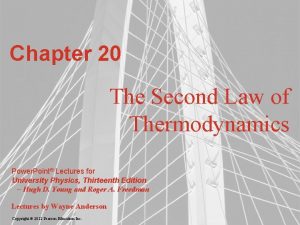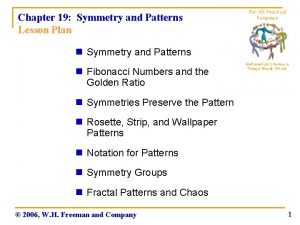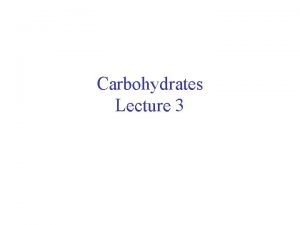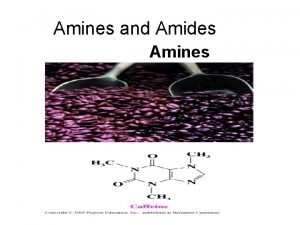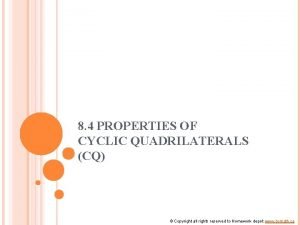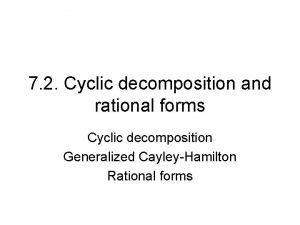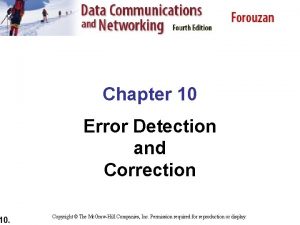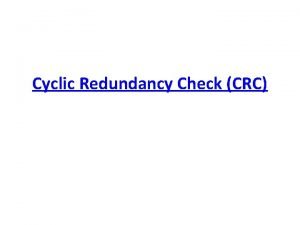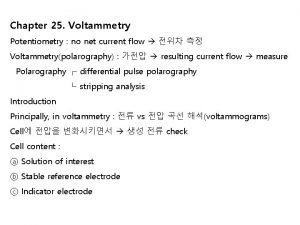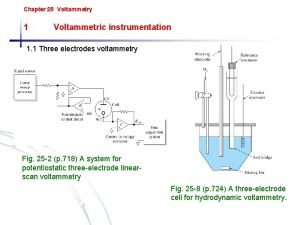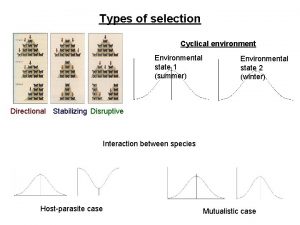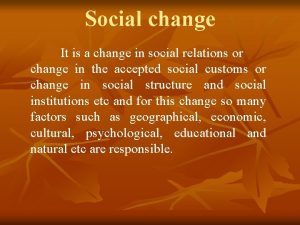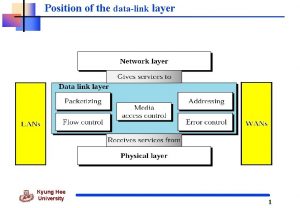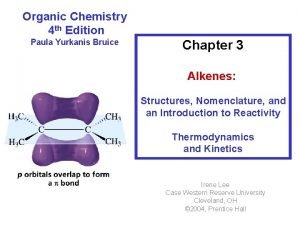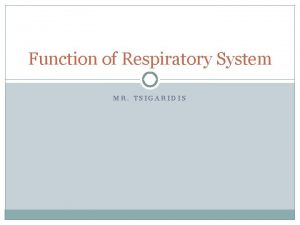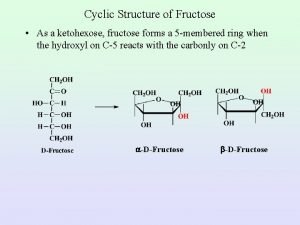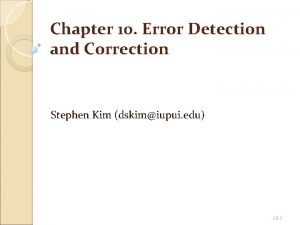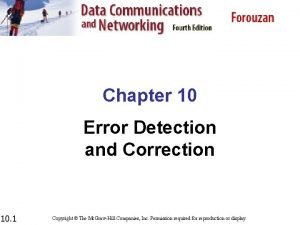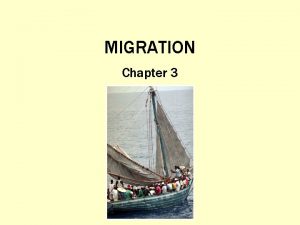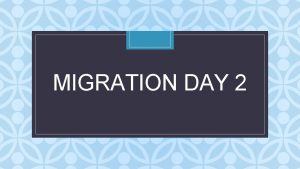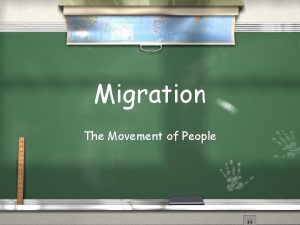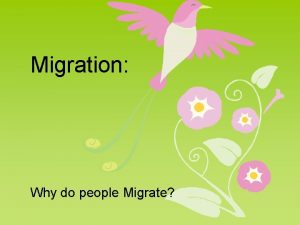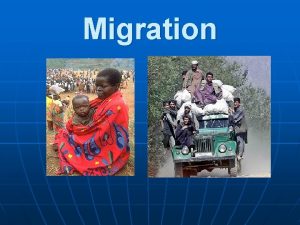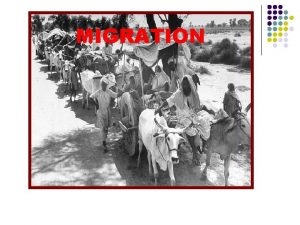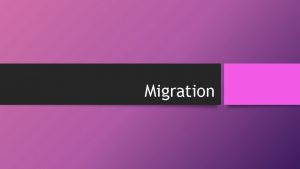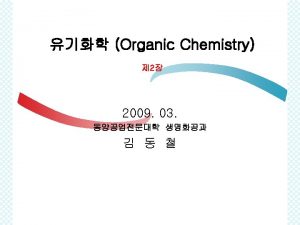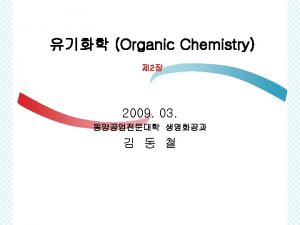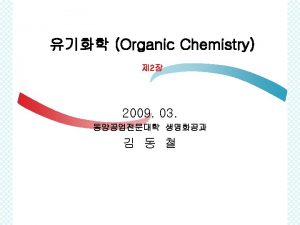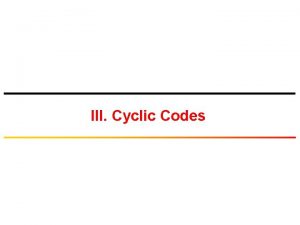MIGRATION Chapter 3 What Is Migration Movement Cyclic















































- Slides: 47

MIGRATION Chapter 3

What Is Migration? • Movement – Cyclic movement: Movement away from home for a short period • Commuting • Seasonal movement • Nomadism – Periodic movement: Movement away from home for a longer period. • Migrant labor • Transhumance • Military service • Migration: A change in residence intended to be permanent

International migration: Movement across country borders (implying a degree of permanence)

Internal migration: Movement within a single country’s borders (implying a degree of permanence)

Interregional migration: migration within a region – can be either international or internal

Intraregional migration: Permanent movement within one region.

Why Do People Migrate? • Forced migration: Movers have no choice but to relocate

Kinds of Voluntary Migration • Step migration: When a migrant follows a series of stages, or steps, toward a final destination. Intervening opportunity : At one of the steps along the path, pull factors encourage the migrant to settle there Intervening Obstacle: An intervening obstacle is an environmental or cultural feature that hinders migration. • Chain migration: Further migration to a place where friends or relatives have already settled

INTERVENING OBSTACLES Migrants do not always reach their destination. Sometimes they get stopped or turned back. An intervening obstacle is an environmental or cultural feature that hinders migration. Environmental Intervening Obstacles: Mountains Bodies of Water Deserts Cultural Intervening Obstacles: Ethnocentrism Racism Xenophobia Immigration Laws/policies

INTERVENING OPPORTUNITIES Sometimes immigrants get sidetracked. An intervening opportunity is a feature (usually economic) that causes a migrant to choose a destination other than his original one. Maquilladoras Near US-Mexico Border Economic Intervening Opportunities: Jobs

LEE’S MODEL OF MIGRATION ORIGIN INTERVENING OBSTACLE DESTINATION Or INTERVENING OPPORTUNITY 1. According to Lee, both origins and destinations have push and pull factors about them. ALTERNATE DESTINATIO N 2. Some Migrants will leave their destination, encounter an intervening OBSTACLE and be forced to return to their origin. 3. Others migrants will encounter an intervening obstacle, overcome it and make it to their planned destination 4. And others will encounter intervening opportunities and decide to stay at an alternate destination

Voluntary Migration • Migrants weigh push and pull factors to decide – Whether to move – Where to go • Distance decay: Many migrants settle closer to their old home than they originally contemplate

Ravenstein’s Laws 1. Every migration flow generates a return or countermigration. 2. The majority of migrations move a short distance. 3. Migrants who move longer distances tend to choose big-city destinations. 4. Urban residents are less migratory than inhabitants of rural areas. 5. Families are less likely to make international moves than young adults.

Push vs Pull Factors • Push Factors: • Elements that induce or encourage a person to migrate or move out of their present location. • Pull Factors: • Elements that induce or encourage a person to migrate or move into a new location. Either can be economic, environmental, cultural or political. Question: Describe a push factor that explains why people leave Mexico. Describe a pull factor that explains why people are pulled to US.

Create a two circle maps: One for Push and one for Pull Factors Use your textbook, key issues and background knowledge to create the maps. Possible items to consider: • • Legal status Economic conditions Power relationships Political circumstances Armed conflict and civil war Environmental conditions Culture and traditions Technological advances

Gravity Model: Read and take notes Kuby Chapter 4 Pages 95 -98 Start where it says “Having introduce…” Finish where it says “…them to predict shopping. ”

Where Do People Migrate? • Influences on major global migration flows from 1550– 1950 – Exploration – Colonization – The Atlantic slave trade • Impacts – Places migrants leave – Places to which migrants go

Major Global Migration Flows (before 1950)

Regional Migration Flows Migration to neighboring countries For short term economic opportunities To reconnect with cultural groups across borders To flee political conflict or war Islands of development: Places where foreign investment, jobs, and infrastructure are concentrated

Migration for Economic Opportunity Chinese migration in late 1800 s and 1900 s throughout Southeast Asia to work in trade, commerce, and finance

Migration to Reconnect with Cultural Groups • Migration of about 700, 000 Jews to then. Palestine between 1900 and 1948 • Forced migration of 600, 000 Palestinian Arabs after 1948, when the land was divided into two states (Israel and Palestine)

Internal Migration Flows Animated Map of US Population http: //www. science. smith. edu/sa l/maps/settlement. html

Contemporary Migration Fields

Global Migration Patterns Fig. 3 -2: The major flows of migration are from less developed to more developed countries.

Net Migration (per population) Fig. 3 -3: Net migration per 1000 population. The U. S. has the largest number of immigrants, but other developed countries also have relatively large numbers.

Migration to U. S. , by Region of Origin Fig. 3 -4: Most migrants to the U. S were from Europe until the 1960 s. Since then, Latin America and Asia have become the main sources of immigrants.

Migration from Asia to the U. S. Fig. 3 -5: The largest numbers of migrants from Asia come from India, China, the Philippines, and Vietnam.

Change in Pattern (US)

Migration from Latin America to the U. S. Fig. 3 -6: Mexico has been the largest source of immigrants to the U. S. , but immigrants have also come from numerous other Latin American nations.

Undocumented Immigrants in the US Fig. 3 -7: California, Texas, and Florida are the leading destinations for undocumented immigrants to the U. S.

U. S. States as Immigrant Destinations Fig. 3 -8: California is the destination of about 25% of all US immigrants; another 25% go to New York and New Jersey. Other important destinations include Florida, Texas, and Illinois. What are the “US gateway” states? Story of a migrant http: //www. pbs. org/pov/alotrolado/lesson_plan. php#activity

Guest Workers Migrants allowed into a country to fill a labor need, assuming the workers will go “home” once the labor need subsides Have short term work visas Send remittances to home country

Guest Workers in Europe Fig. 3 -9: Guest workers emigrate mainly from Eastern Europe and North Africa to work in the wealthier countries of Western Europe.

Global Remittances http: //www. economist. com/node/21553458/print

Turkish Kebab Stand in Germany

Refugees People who flee across an international boundary because of a well-founded fear of being persecuted for reasons of race, religion, nationality, membership of a particular social group, or political opinion

Refugees: Sources & Destinations Fig. 3 -1: Major source and destination areas of both international and internal refugees.

Asylum Seeker • The terms asylum-seeker and refugee are often confused: an asylum-seeker is someone who says he or she is a refugee, but whose claim has not yet been definitively evaluated.

Hurricane Katrina Migrants=>Internally Displaced People A major natural disaster represents an environmental push factor forced migration.

Internally Displaced Person • Unlike refugees, IDPs have not crossed an international border to find sanctuary but have remained inside their home countries. Even if they have fled for similar reasons as refugees (armed conflict, generalized violence, human rights violations), IDPs legally remain under the protection of their own government – even though that government might be the cause of their flight.

Scene from The Grapes of Wrath The Dust Bowl in the 1930 s led to forced migration from the Great Plains to California and elsewhere.

Internally Displaced People 2011

Fukashima Japan

Regions of Dislocation • Subsaharan Africa • North Africa and Southwest Asia • Southeast Asia • Europe

How Do Governments Affect Migration? • Immigration laws • U. S. history – Little restriction – Quotas by nationality – Selective immigration

Post–September 11

U. S. Mexico Border at Tijuana The U. S. side of the border is uninhabited and separated from Mexico by a fence
 Cyclic movement definition
Cyclic movement definition How does cyclic movement differ from migration
How does cyclic movement differ from migration Examples of cyclic movement in science
Examples of cyclic movement in science Intervening opportunities
Intervening opportunities Cyclic movement definition
Cyclic movement definition Light gun signals
Light gun signals Locomotor movements are also called axial movements.
Locomotor movements are also called axial movements. Cyclic pitch vs collective pitch
Cyclic pitch vs collective pitch Cyclical menu
Cyclical menu Cascade refrigeration system
Cascade refrigeration system 1th law of thermodynamics
1th law of thermodynamics Cyclic coordinate definition
Cyclic coordinate definition Cyclic coordinates and conservation theorems
Cyclic coordinates and conservation theorems Gabor c. temes
Gabor c. temes Properties of cyclic group
Properties of cyclic group Cyclic electron flow
Cyclic electron flow Cyclic executive and bin packing
Cyclic executive and bin packing Anodic peak current
Anodic peak current Cyclic codes
Cyclic codes Io-link safety
Io-link safety Cyclic group properties
Cyclic group properties Cyclic shift register
Cyclic shift register Cyclic codes
Cyclic codes Cyclic codes
Cyclic codes Block cyclic distribution
Block cyclic distribution Cyclic reversible process
Cyclic reversible process Dihedral rosette pattern example
Dihedral rosette pattern example Carbohydrate aldehyde
Carbohydrate aldehyde O ch
O ch The value of exterior angle in cycloalkane is
The value of exterior angle in cycloalkane is Cyclic decomposition theorem
Cyclic decomposition theorem The divisor in a cyclic code is normally called as
The divisor in a cyclic code is normally called as Lsv cv
Lsv cv Cyclic voltammetry setup
Cyclic voltammetry setup What is crc
What is crc Cyclic coordinates
Cyclic coordinates Cyclic voltammetry 면적
Cyclic voltammetry 면적 Describe voltammetric instrumentation
Describe voltammetric instrumentation Cyclical species
Cyclical species Scope of social change
Scope of social change The divisor in a cyclic code is normally called as
The divisor in a cyclic code is normally called as Non cyclic photophosphorylation
Non cyclic photophosphorylation Cyclic alkene
Cyclic alkene Pulmonary ventilation consists of two cyclic phases, , and
Pulmonary ventilation consists of two cyclic phases, , and Fructose cyclic structure
Fructose cyclic structure The divisor in a cyclic code is normally called as
The divisor in a cyclic code is normally called as The divisor in a cyclic code is normally called the
The divisor in a cyclic code is normally called the Fishing net cyclic
Fishing net cyclic
